Peas are cool-weather vegetables that are usually grown in spring, although you can cultivate them in autumn gardens too. However, as useful as these veggies are, it can be all too easy to plant more peas than you can use. If you do, you may end up with a bumper crop of fresh peas that need to be gobbled up right away in order to prevent spoilage.
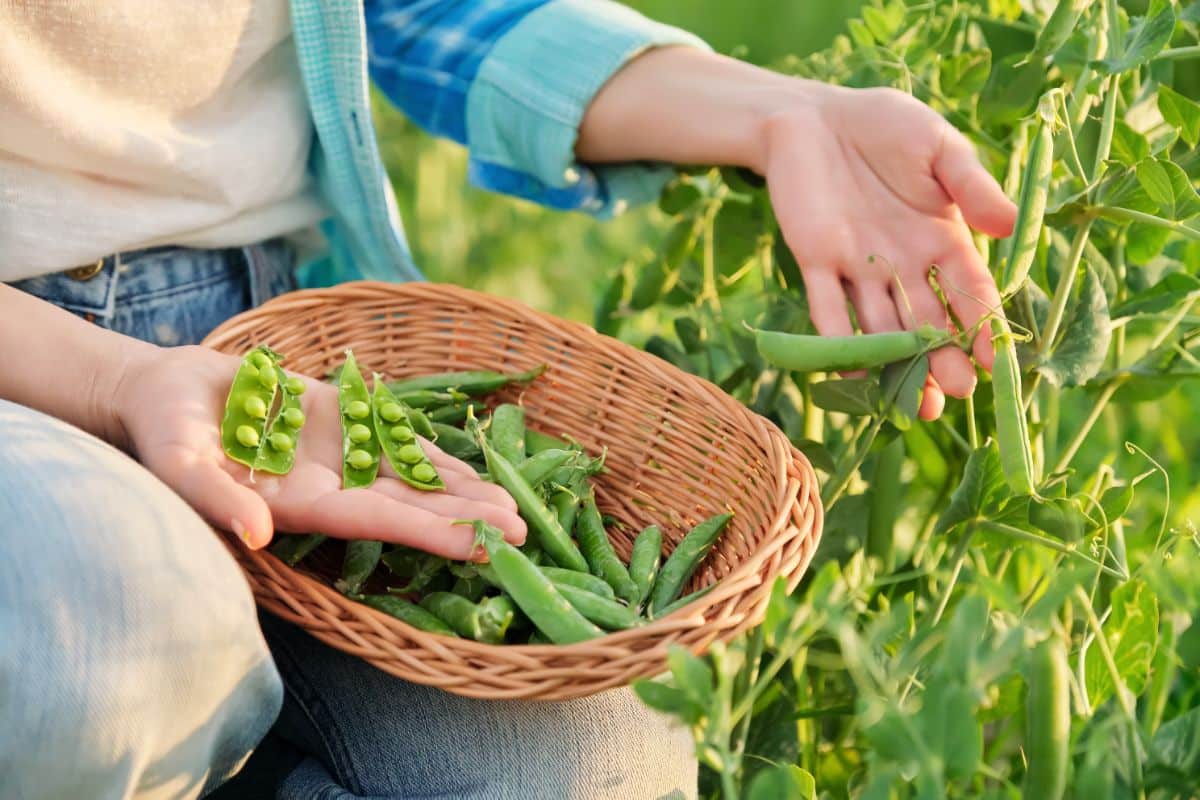
In this guide, we’ve compiled some of the best ways to use fresh peas right from your garden. From freezing peas for long-term storage to blending them into new and classic recipes, there are countless ways to put fresh peas to good use. Here are a few of our favorite suggestions!
Jump to:
- 15 ways to use too many spring peas
- 1. Spring pea primavera
- 2. Buttered peas
- 3. Spring pea salad
- 4. Fresh split pea soup
- 5. Tuna noodle casserole
- 6. Pea and feta crostini
- 7. Pea risotto
- 8. Wasabi peas
- 9. Pea pesto
- 10. Samosas
- 11. Pea and burrata pizza
- 12. Mushy peas
- 13. Canned peas
- 14. Frozen peas
- 15. Bonus: Peapod soup
- Frequently asked questions
- Summary
15 ways to use too many spring peas
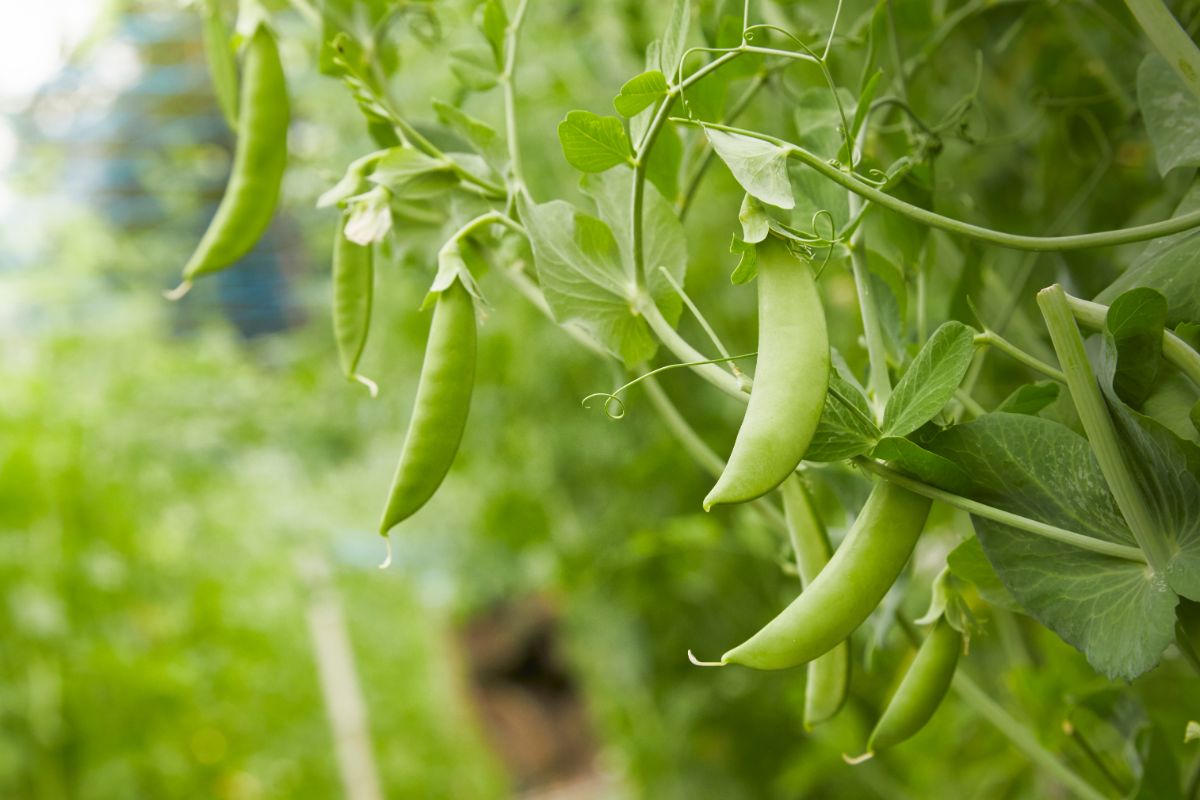
Fresh peas are sweet and flavorful and so much more delicious than store-bought frozen or canned peas. Finding new recipes to use up these vegetables can be a great way to express your creativity and expand your palate too!
1. Spring pea primavera
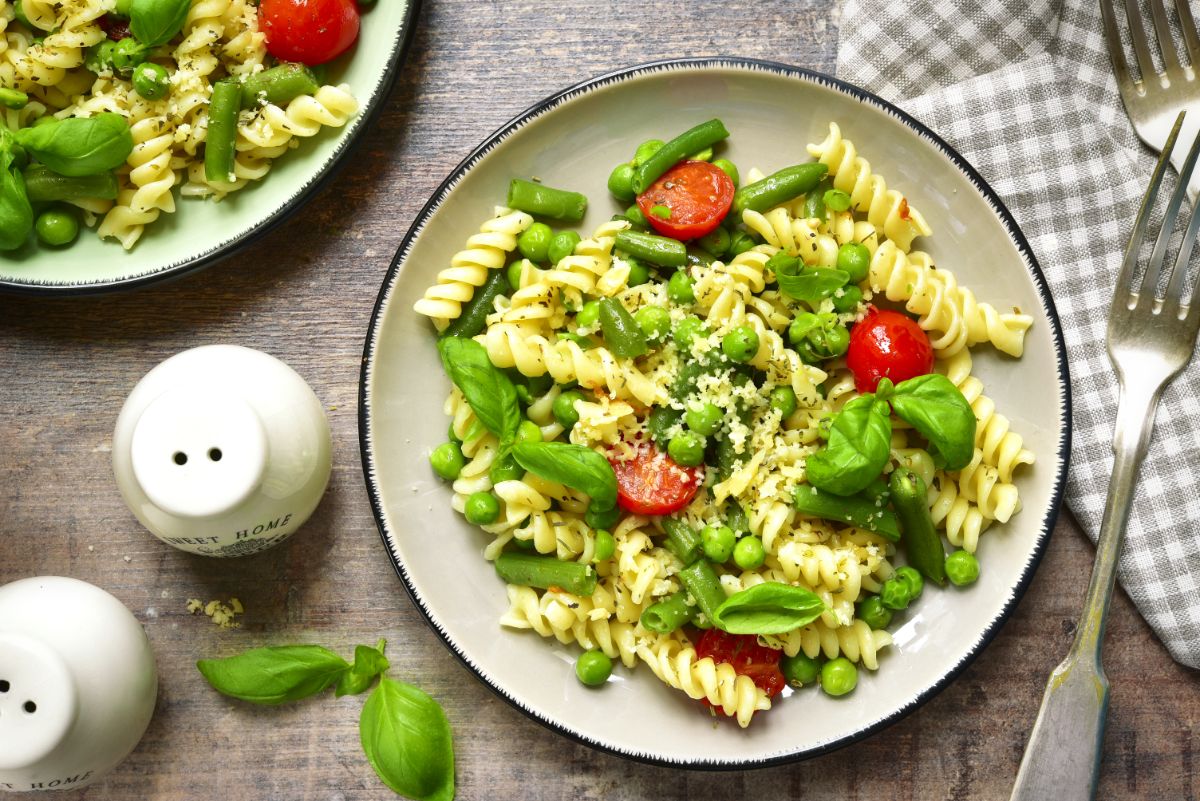
Primavera means “spring” in Italian, which is the best time to enjoy this bright and cozy dish. Made with fresh, spring vegetables, like peas and asparagus, pasta primavera is often topped with parmesan cheese and crème fraiche for extra creaminess! In addition to peas, you can add other seasonal veggies, like zucchini, green beans, and broccoli, to your primavera and continue to enjoy pasta primavera throughout the growing season.
2. Buttered peas
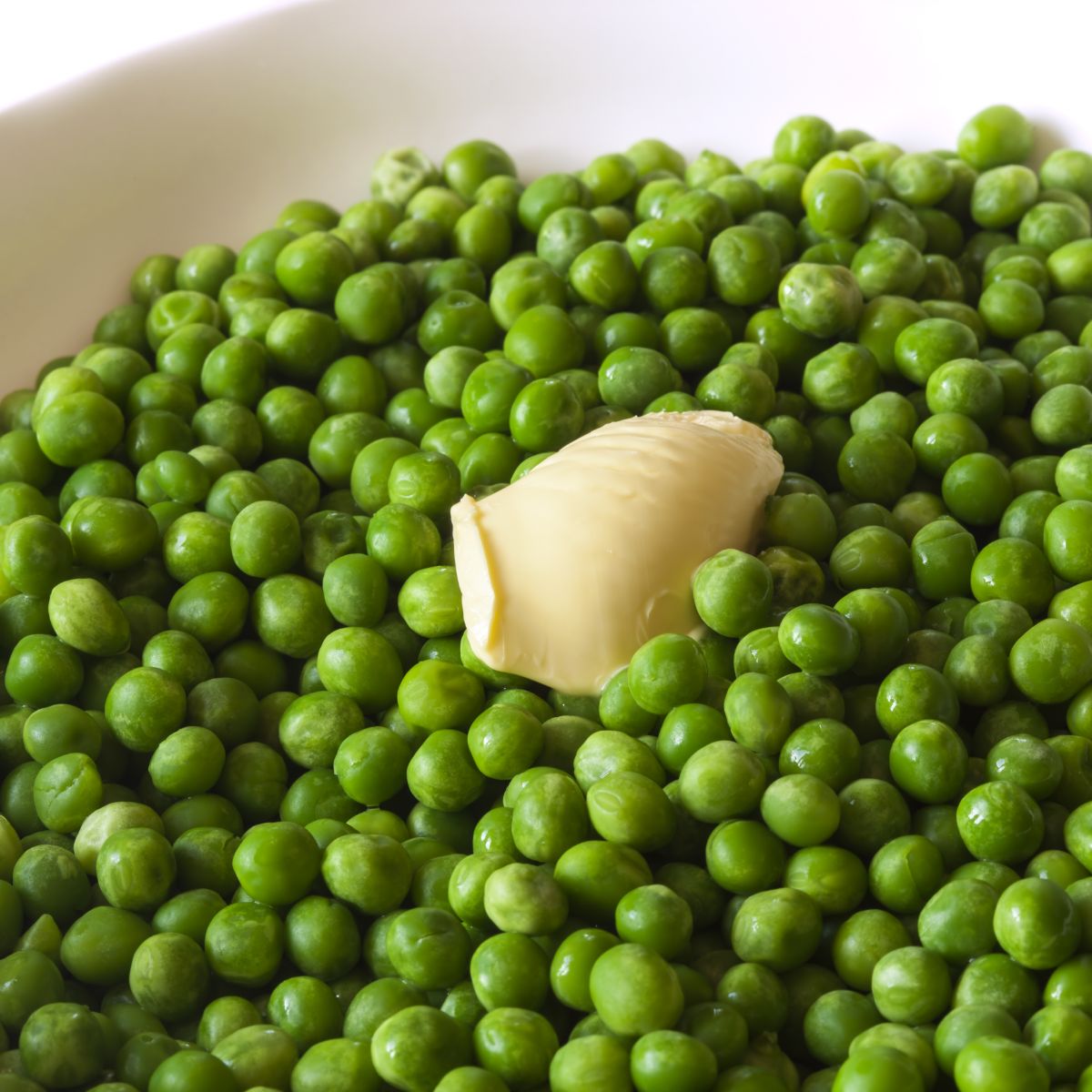
Also known as English peas, buttered peas are a classic side dish that pairs beautifully with many other foods, including pork and mashed potatoes. Buttered peas are super easy to make. All you need to do is boil fresh peas for about 1 minute and then drain them and toss them with salt and butter.
3. Spring pea salad

If you grow peas, you may not know that pea shoots are also edible, but they are! In fact, pea shoots make a wonderful addition to a wide range of dishes, and they are perfect for spring salads.
Both peas and pea shoots can be mixed into many different salad recipes, where they are sure to be the stars of the show. For inspiration, try out this spring salad with pea shoots, peas, and goat cheese. Or make a warm pea salad with ham and Manchego cheese.
4. Fresh split pea soup
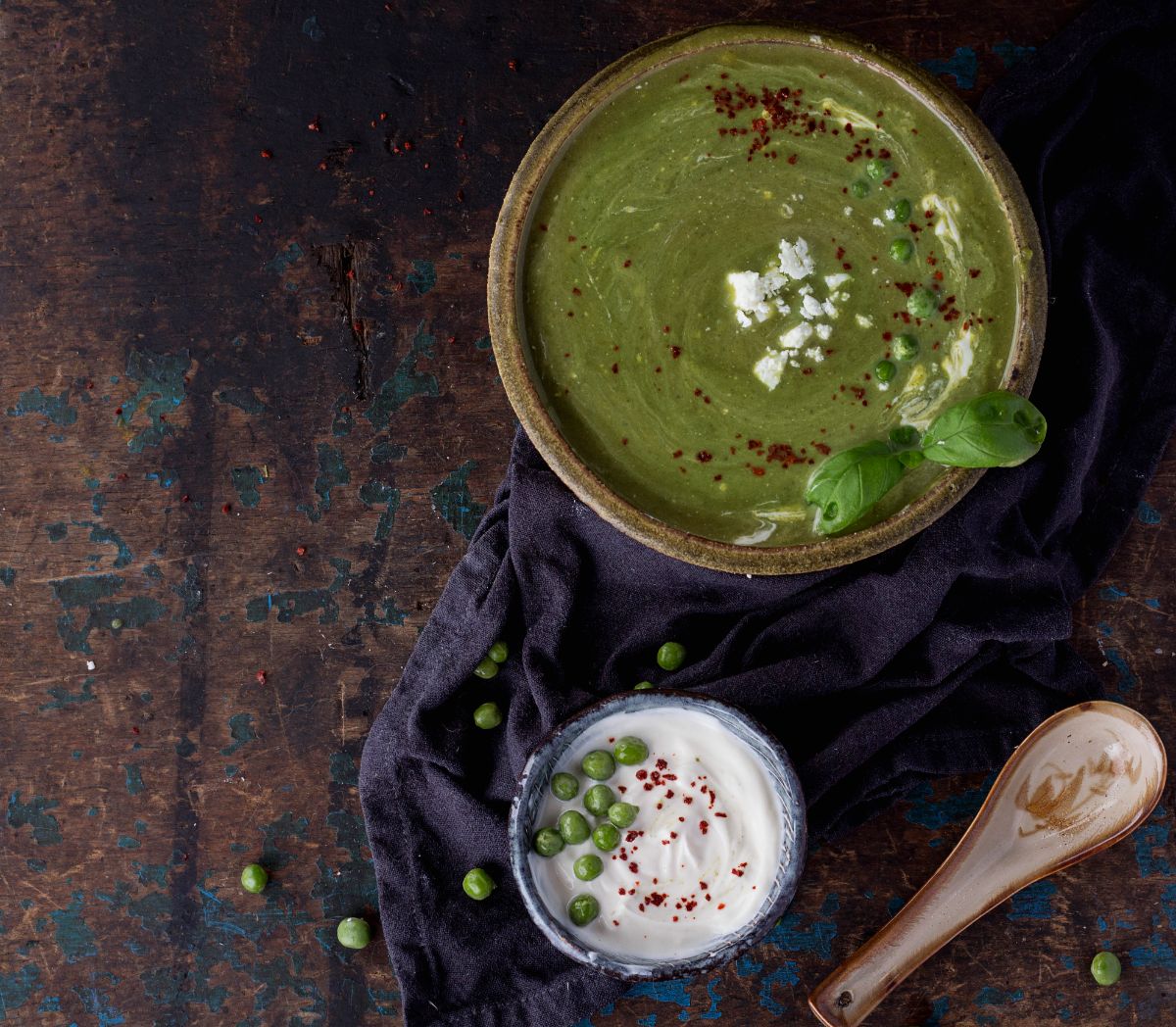
Split pea soup is a classic winter dish that’s usually made with dried peas and ham. However, you can make split pea soup with fresh peas and use up your bumper crop of peas all at once. This recipe calls for 1 pound of fresh peas, but you can make a larger batch of soup and freeze your leftovers if you need to.
5. Tuna noodle casserole

Another traditional recipe, tuna noodle casserole, is a mix of rich, creamy flavors and fresh veggies. While you can use frozen peas for this dish, it’s even better with fresh, homegrown peas. If you don’t like using seafood, you can also swap out the tuna for chicken or leave the meat out entirely and keep it vegetarian!
6. Pea and feta crostini
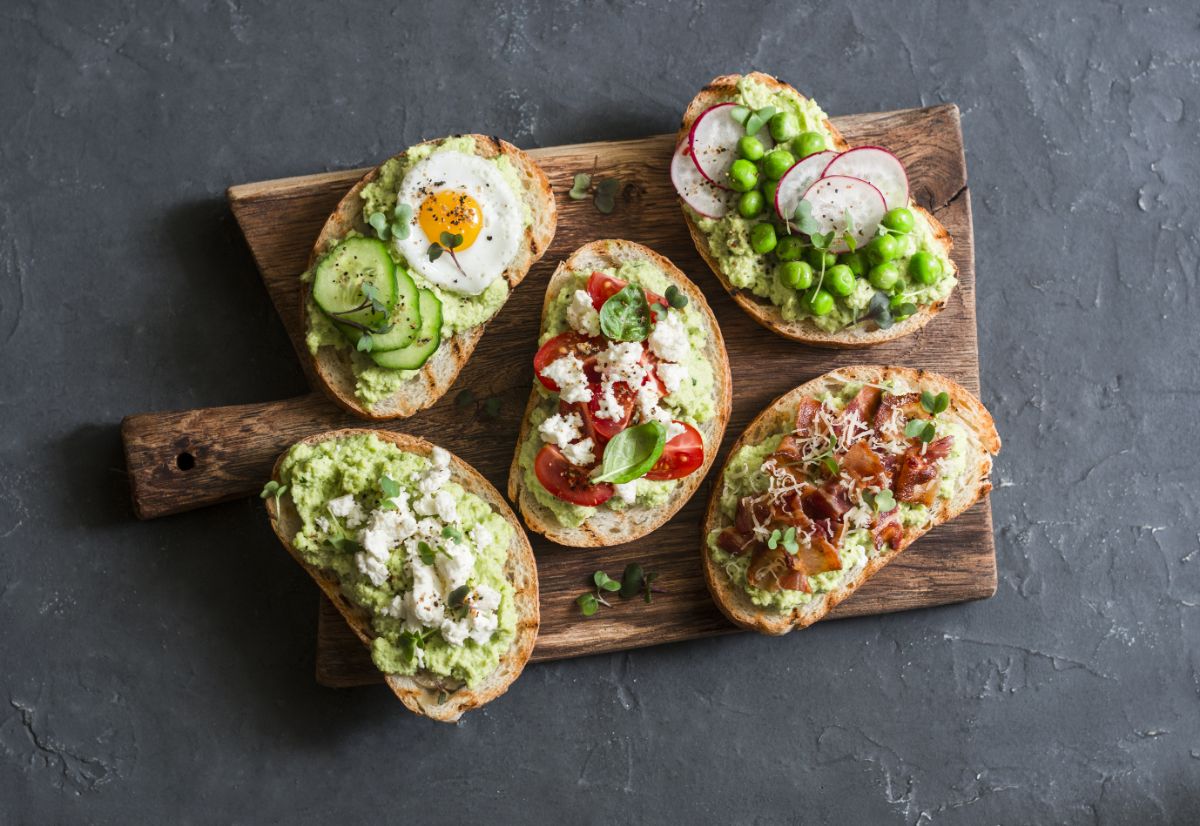
Crostini are charming finger foods, which can be eaten as snacks or served as elegant appetizers. Essentially, all you need to make a crostini is a quality, crusty bread that’s sliced into small pieces and toasted. Then, simply top your crostini off with your favorite ingredients.
Pea and feta crostini have just the right amount of tangy flavor and creamy texture. You can also make pea crostini with pine nuts and ricotta or fresh mint and parmesan cheese.
7. Pea risotto
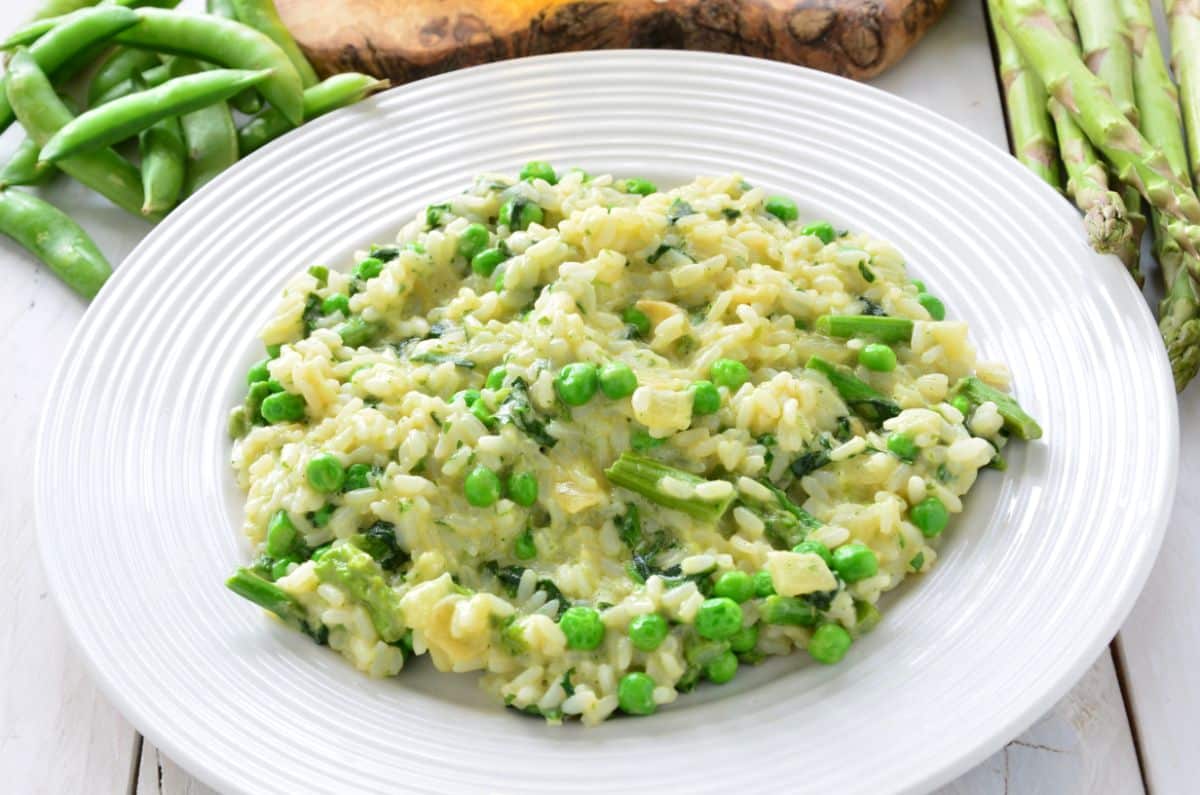
Risotto is made with arborio rice, and it is a lusciously rich and luxurious dish that can be enjoyed throughout the year by adding in an assortment of seasonal vegetables. Fresh peas and risotto go well together, and you can make different risotto dishes by adding different herbs and spices.
If you like citrus flavors, try pea risotto with lemon and parmesan. Herb lovers, on the other hand, may prefer mint and pea risotto or pea risotto with tarragon.
8. Wasabi peas
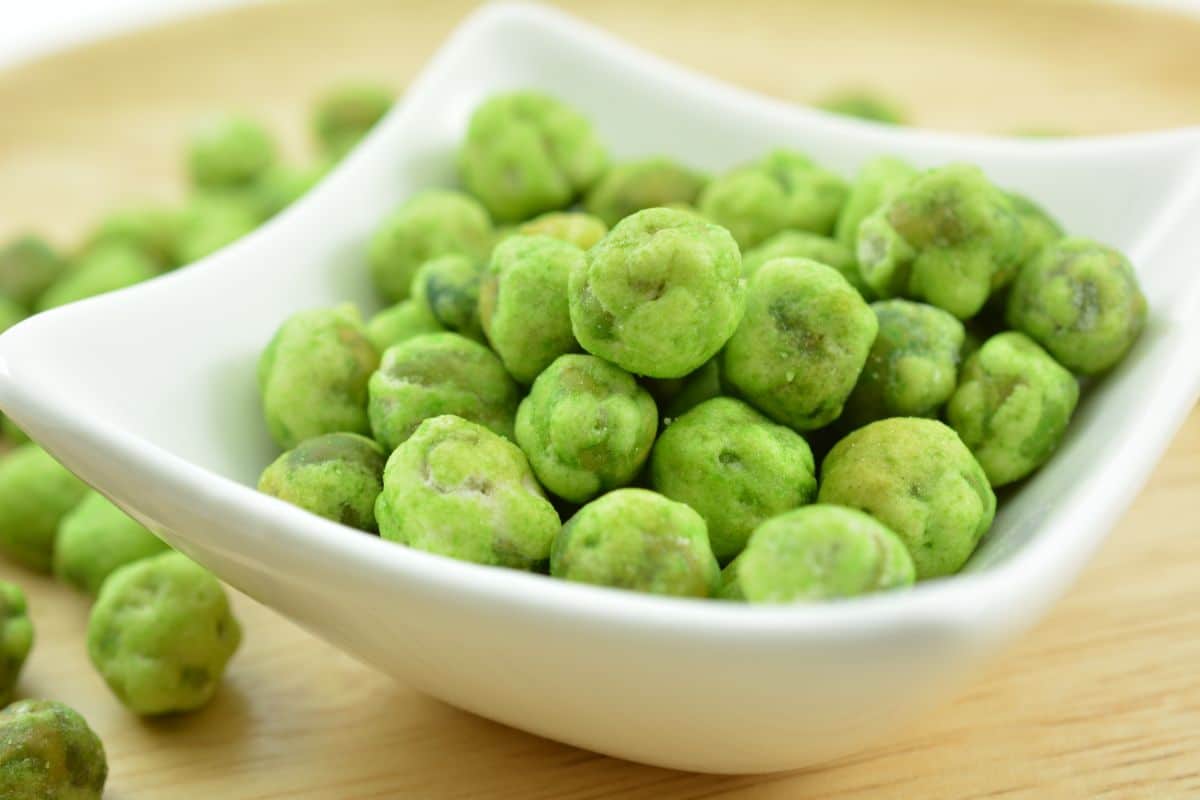
As any spice lover will tell you, wasabi peas make excellent snacking foods and have a perfect balance of heat and crunch. But many wasabi pea enthusiasts may never think about making their own wasabi peas. That’s a shame, because wasabi peas are very easy to put together, and they are satisfying too!
While this recipe calls for frozen peas, you can easily add fresh peas instead. Simply coat your fresh peas with olive oil, wasabi powder, and matcha powder and then bake (or dehydrate) them until they are nice and crispy. Wait until your peas cool off, and then start snacking!
9. Pea pesto
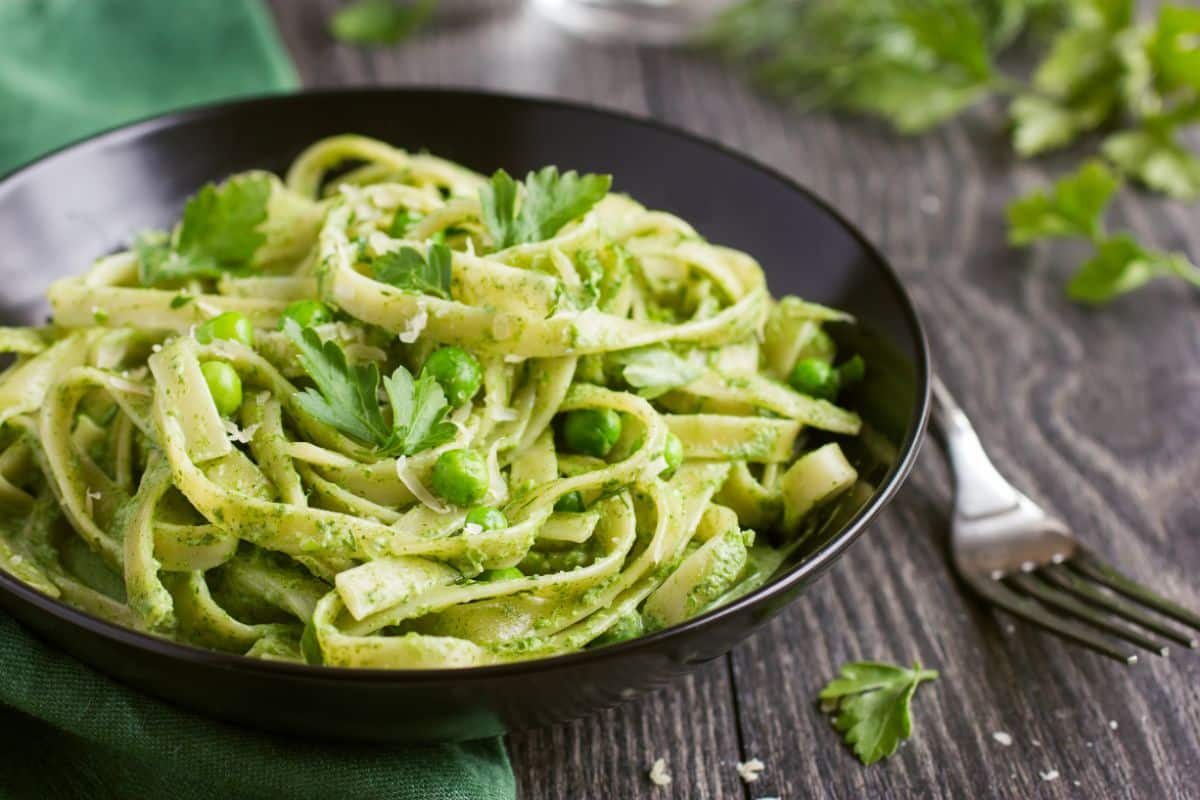
Traditionally, pesto is made with pine nuts, basil, and a few other ingredients; however, pesto can be made in other ways too. Pine nuts can be exchanged for Brazil nuts, almonds, or walnuts. And basil can be swapped out for cilantro, parsley, or… peas!
For a very basic pea pesto, blend peas, pea shoots, garlic, lemon juice, and olive oil together and then season with salt and pepper. This scrumptious sauce can be added to fresh pasta or used as a sauce base for homemade pizzas.
10. Samosas
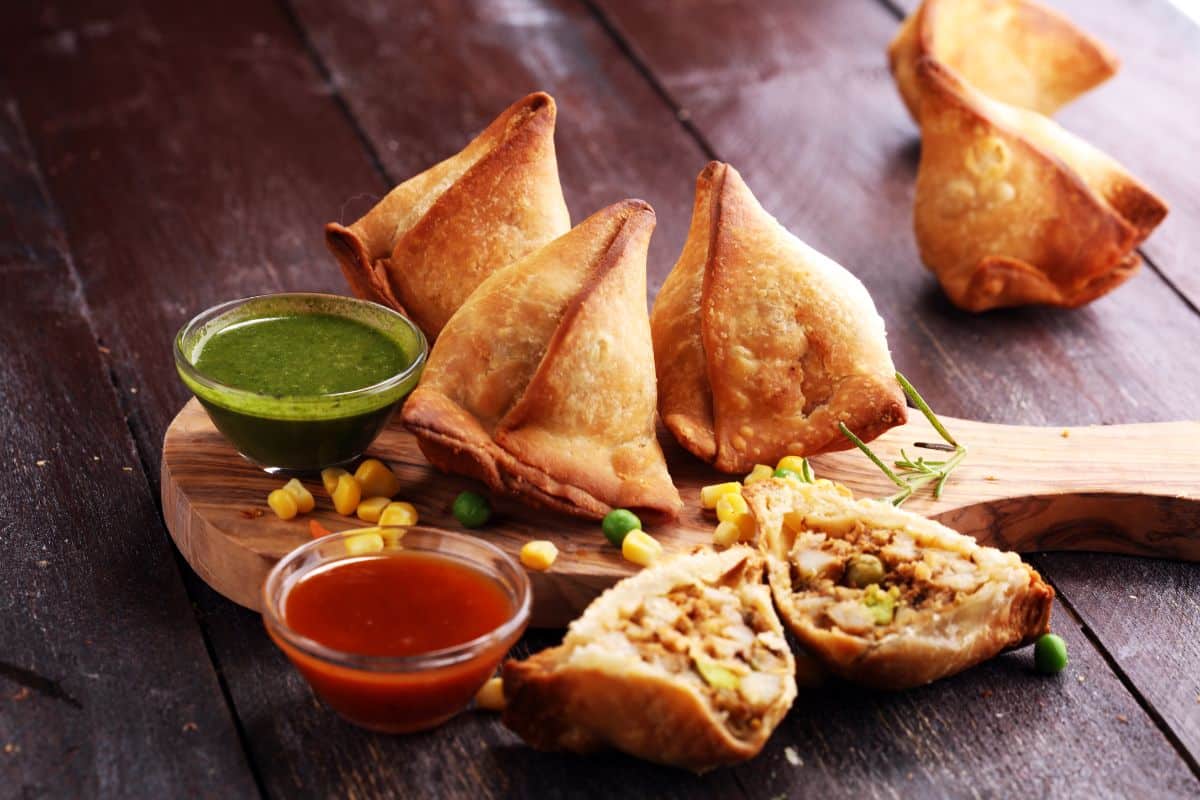
Samosas are crispy, stuffed snack foods that are popular in India and have become a highly coveted takeout food as well. But you can make your own vegetarian samosas with fresh peas from your garden and a few potatoes. Once your samosas are cooked, don’t forget to top them off with a refreshing mint chutney!
11. Pea and burrata pizza
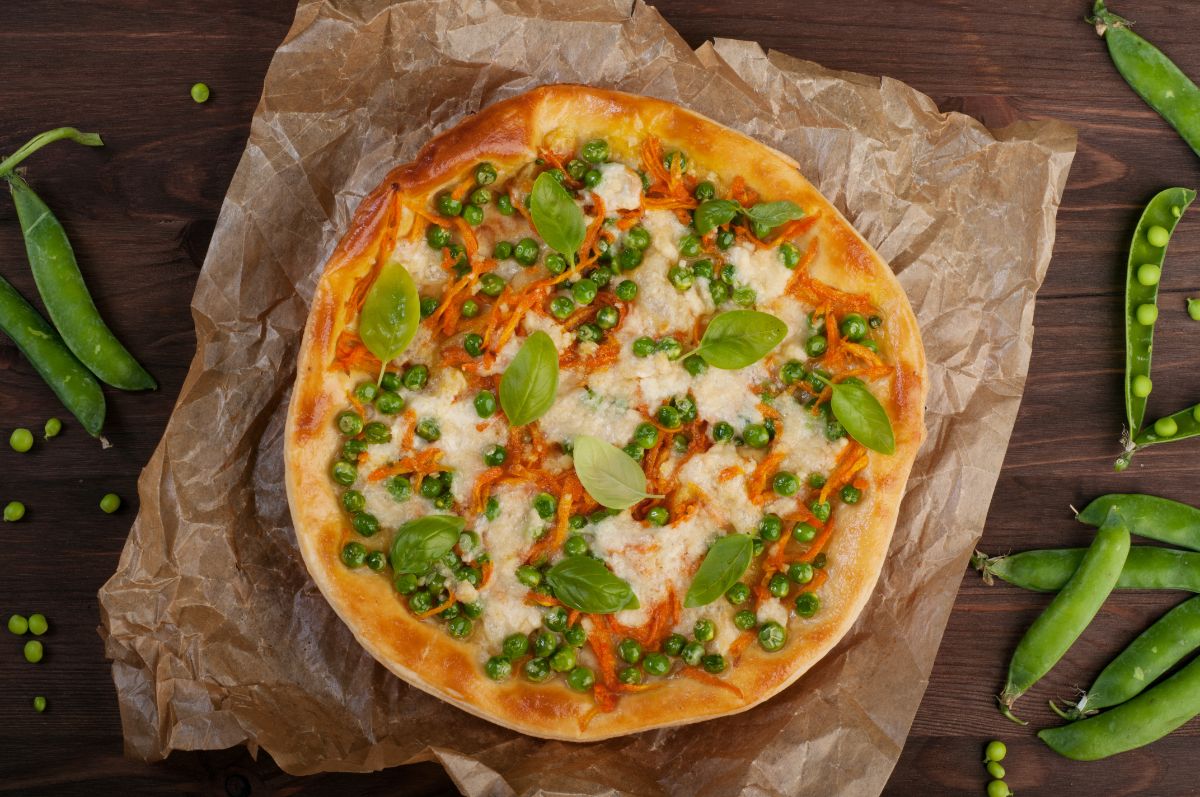
Step aside cheese and pepperoni pizza because there’s a new pizza in town: pea pizza! Homemade pizzas can be topped off with lots of different ingredients, but if you have more fresh peas than you know what to do with, peas can make a wonderful pizza topping. While there are other pizza recipes to try, this pea and burrata pizza is hard to resist.
12. Mushy peas
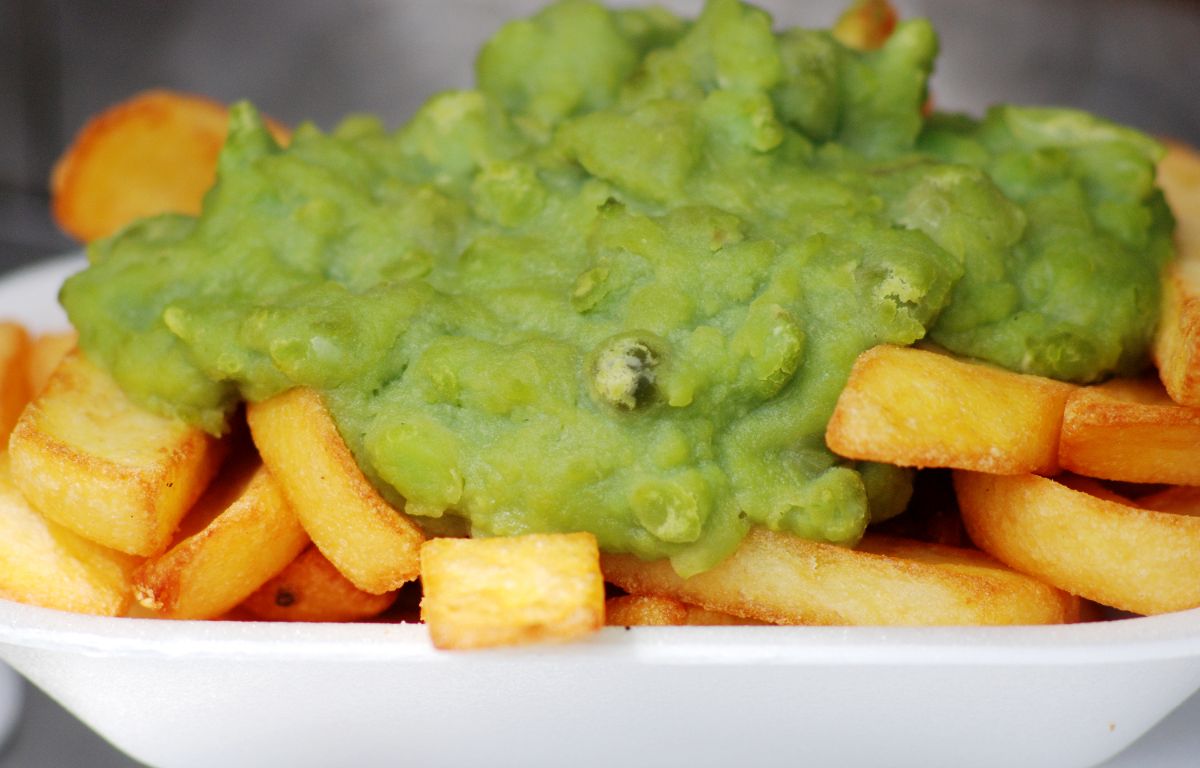
Mushy peas are pure comfort food that is sure to warm you up on a cool spring evening. While you can serve mushy peas on their own as a side dish, they are often used as a topping on French fries. Or, for more options, serve up your mushy peas with fried fish, like cod.
13. Canned peas
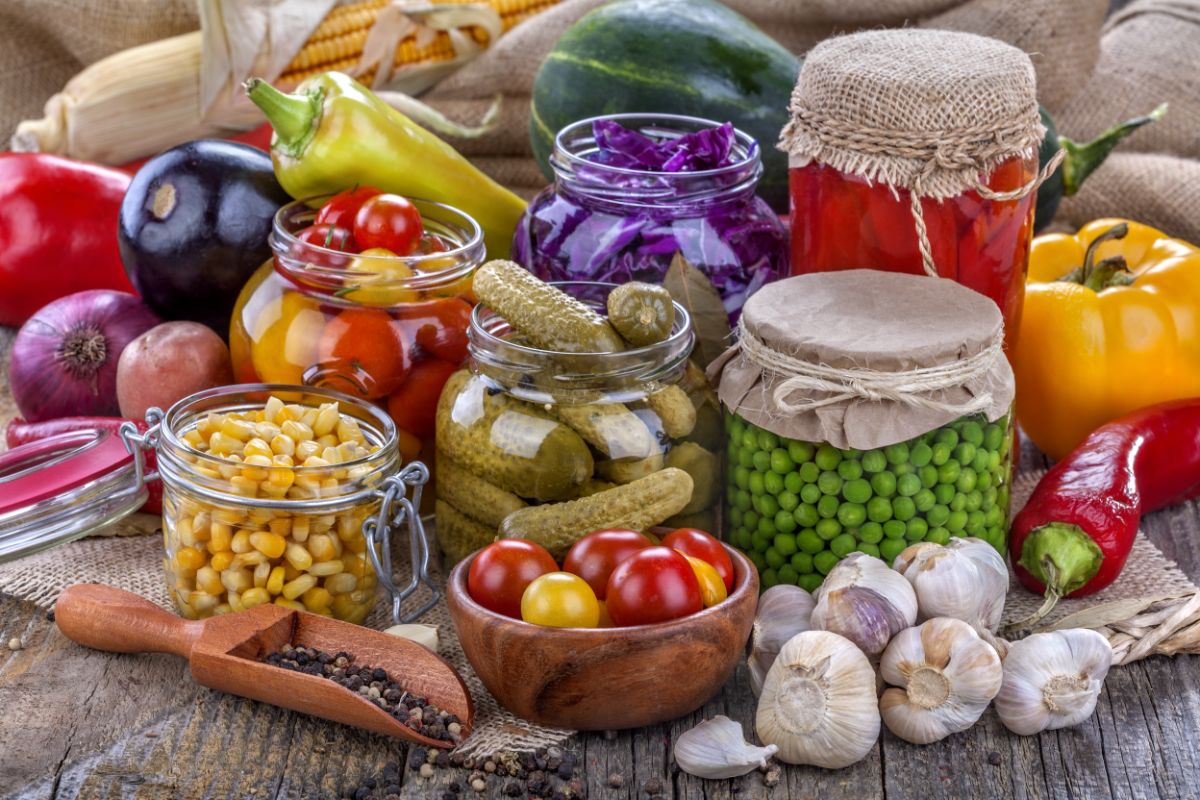
While the recipes above will help you use up an overabundance of peas, if you’ve gathered in a very large harvest of peas, you may need to preserve your harvest with other methods. Like most other vegetables, peas can be canned and then stored at room temperature on your pantry shelf. Canning peas will keep your peas fresh longer and simplify the food prep process when you’re finally ready to eat your peas.
Because peas are a low-acid food, they can’t be canned with water bath canning methods. Instead, use a pressure canner to process your peas for food safety purposes.
Tip: While peas can’t be canned with water bath canning, you can preserve these veggies in other ways! Try out this recipe for lacto-fermented green peas, which are rich in gut-healthy probiotics. Or use this guide to make pickled peas in your refrigerator.
14. Frozen peas
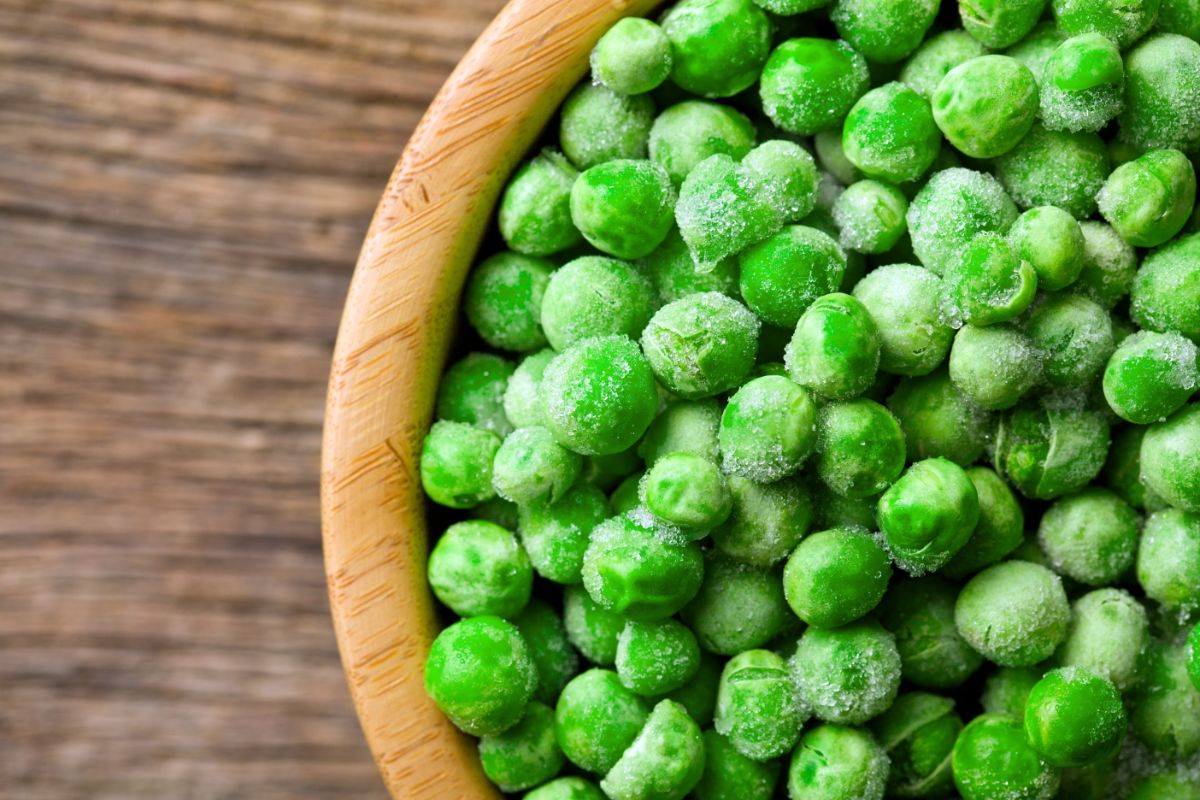
Another good way to preserve a lot of peas at once is to freeze them. When properly prepared, frozen peas will retain their color and texture quite well, and freezing them helps to lock in their nutrients so they taste better too!
Like many other vegetables, peas should be blanched prior to freezing -- about 60 to 90 seconds should do. After blanching, drain your peas and place them in ice water to stop the cooking process. Then spread the peas out on a sheet pan and flash freeze them before storing them in your freezer in an airtight container or Ziploc bag.
When stored in this manner, frozen peas will last in your freezer for up to 8 months. To use, simply add your frozen peas to any of your favorite dishes while cooking. Most of the time, you don’t need to defrost peas before using them!
15. Bonus: Peapod soup
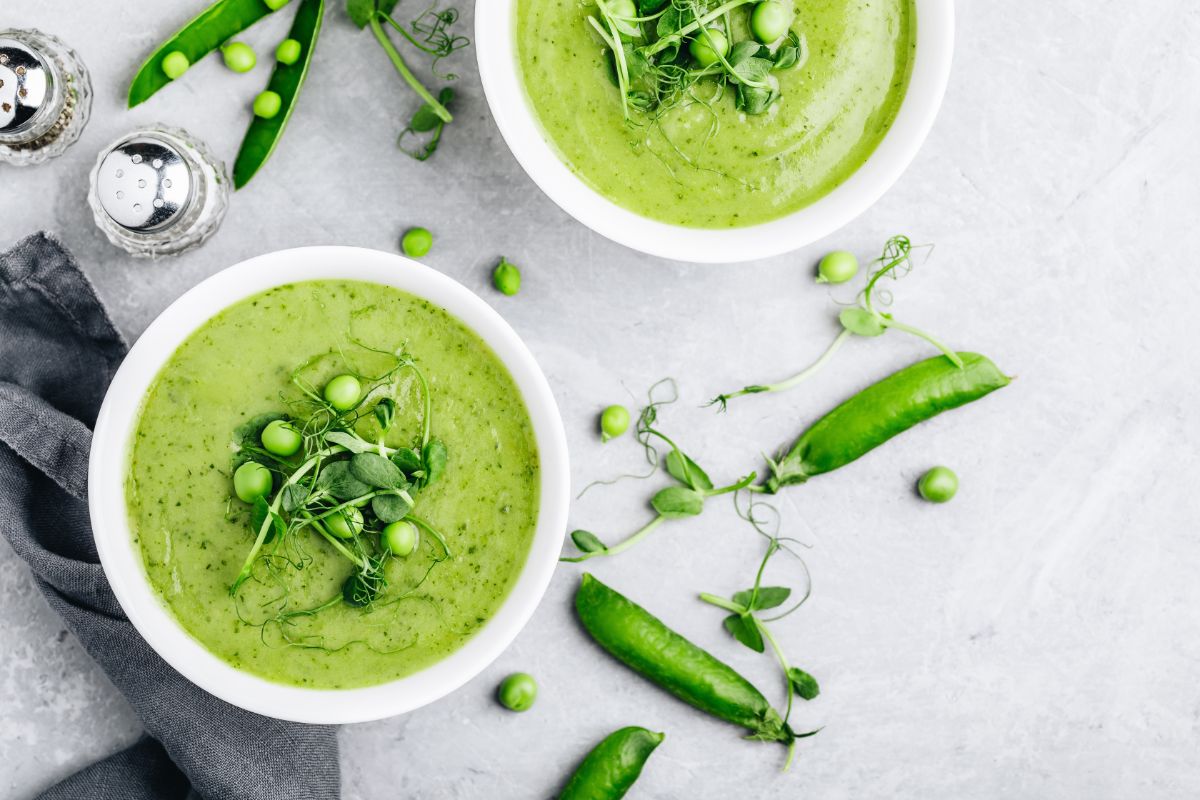
When young and tender, the pods from shelling peas are edible, and they can be eaten right along with your peas. However, as they age, peapods will become tough and fibrous and be much less pleasant to eat. But that doesn’t mean you need to toss all those leftover peapods in the trash!
Peapods can be cooked down to produce wonderful and nutritious soups and vegetable stocks. This recipe for peapod soup uses scrap pods, peas, and a few other simple ingredients. Or you can use pods with other vegetable scraps to make your own homemade stock to flavor a wide variety of dishes or to use as a base for other soups and stews.
Frequently asked questions
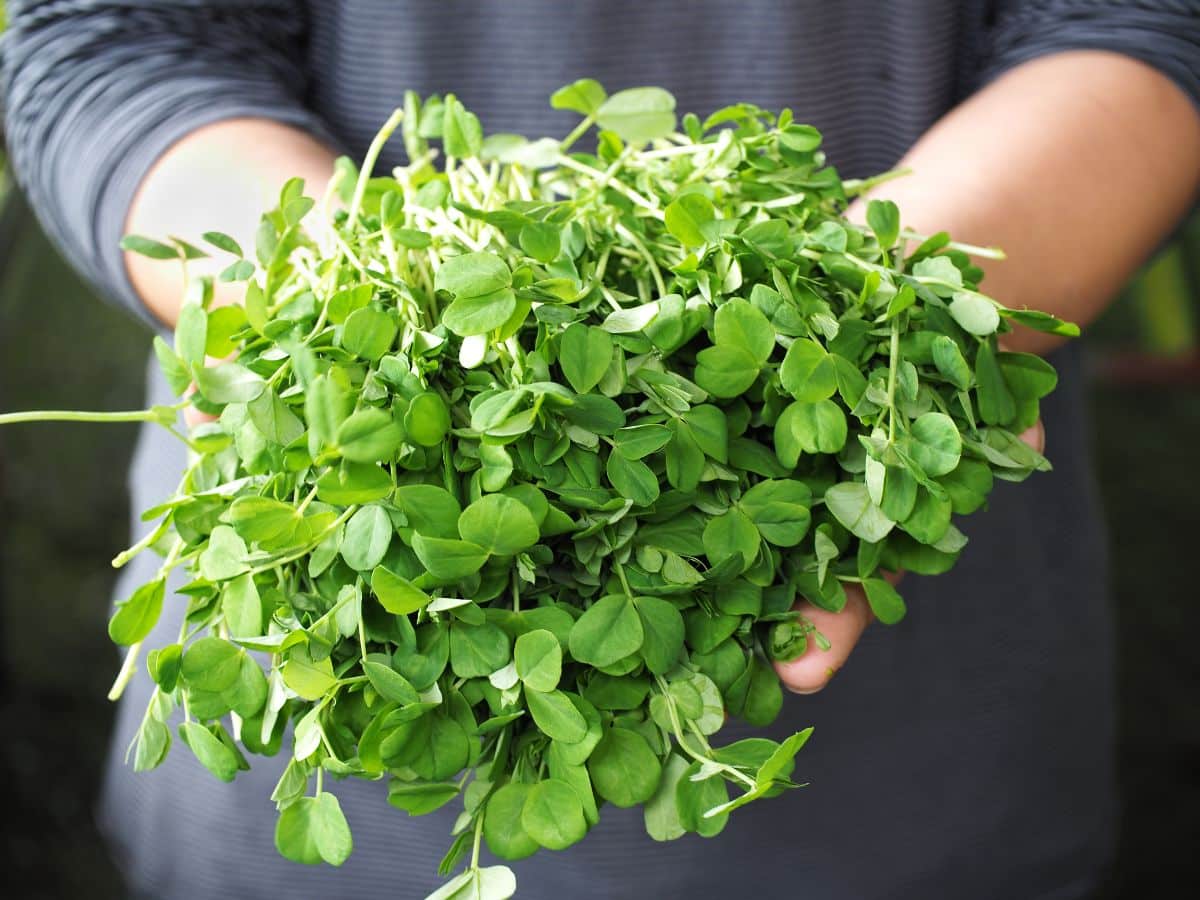
Most often, fresh peas are cooked either by boiling or steaming. To boil peas, hold off on the salt and just boil the peas in hot water for about 2 to 3 minutes. For steamed peas, cook peas for 1 to 2 minutes.
While peas can be boiled or steamed, for even more flavor, try sautéing your peas with olive oil. Mix in salt and garlic or other aromatic herbs, like parsley, basil, or chives.
Yes. Like most other vegetables, blanching peas before dehydrating them is recommended. Blanching is important for food safety, and it will also help preserve your peas’ bright green coloration.
Despite their name, sweet peas are actually not peas at all, and they are not edible! Sweet peas are ornamental plants that are primarily kept for their charming and delicate flowers.
If you’d like to save pea seeds for planting in next year’s garden, allow pods to dry fully on the plant before harvesting. However, if frost is on the forecast, pull up the entire plant and allow it to finish drying indoors by hanging it upside down. When the pods are completely dry, and you can hear peas rattling about inside, split the pods open, pick out the seeds, and store them in an airtight container.
Summary
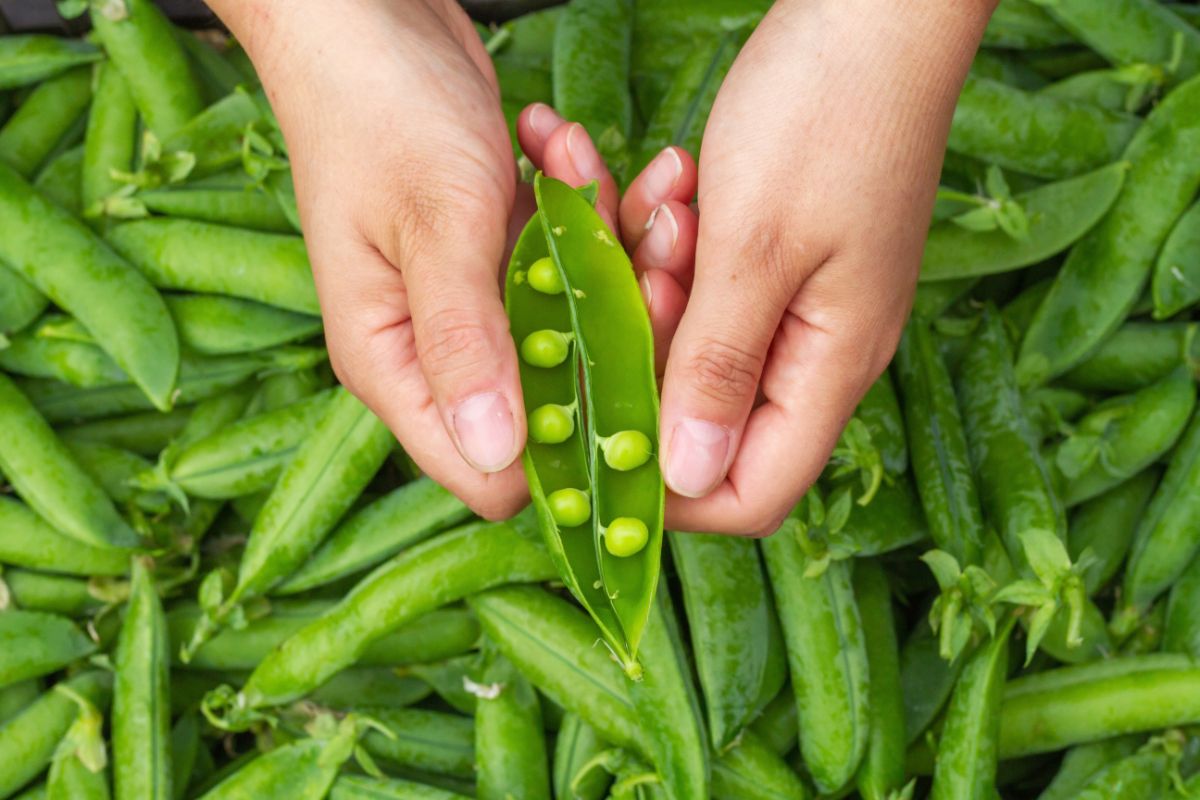
After putting so much work into a garden, no gardener wants to throw away their extra produce. That’s why it’s so important to discover new recipes to put fresh vegetables, like peas, to use.
From fresh salads to savory soups, there are a lot of unique ways to cook a bumper crop of peas. But if you still have more peas than you want, you can always contact your local food pantry and ask if they take donations. Or ask around your neighborhood – your neighbors will likely appreciate some homegrown peas too!
For more suggestions on how to use up garden produce, check out our guide on preserving green tomatoes, which has over 20 delicious recipes.

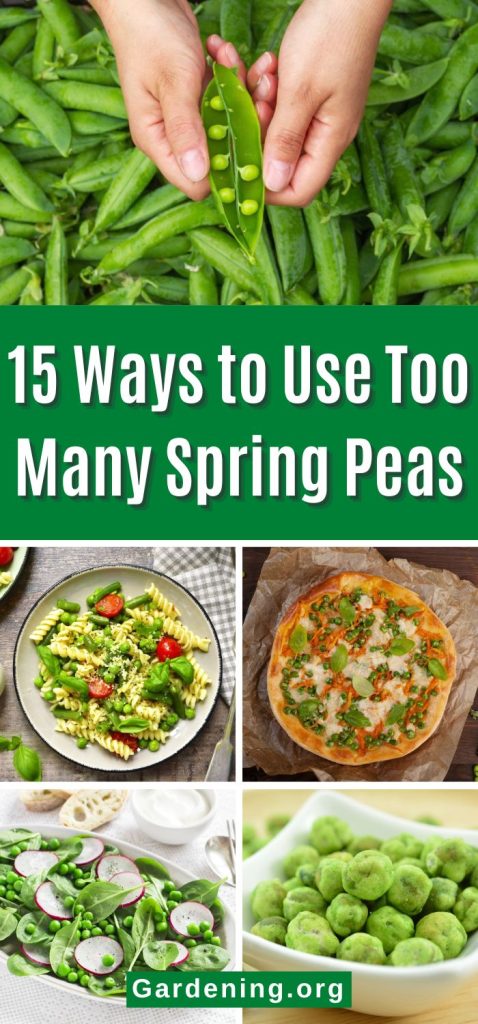
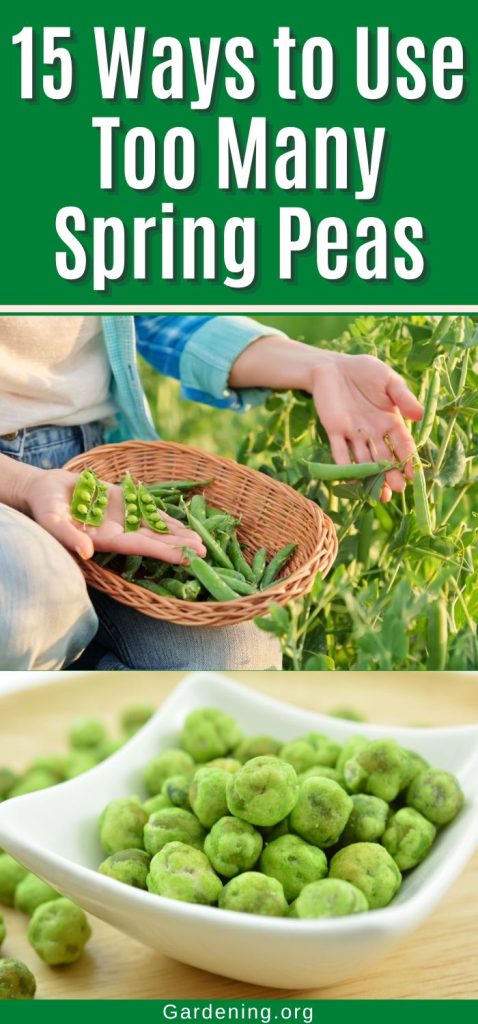
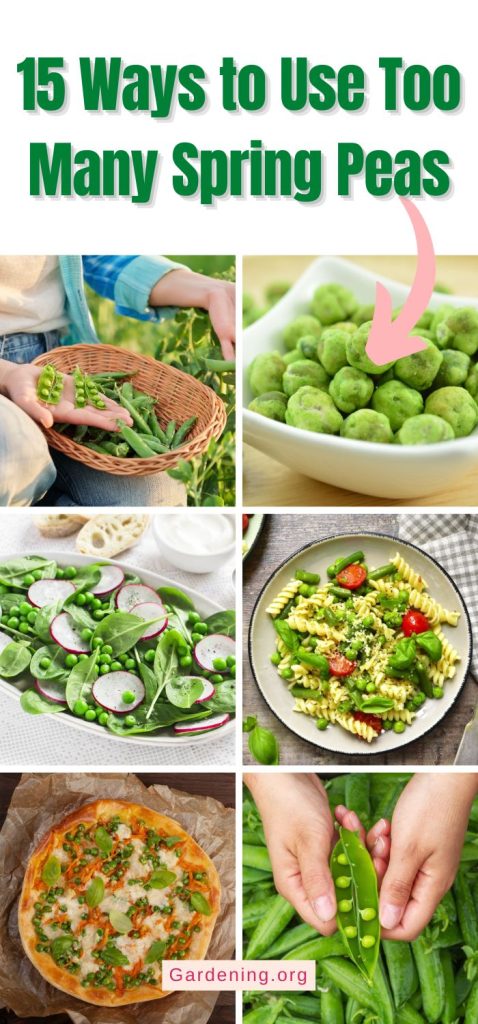
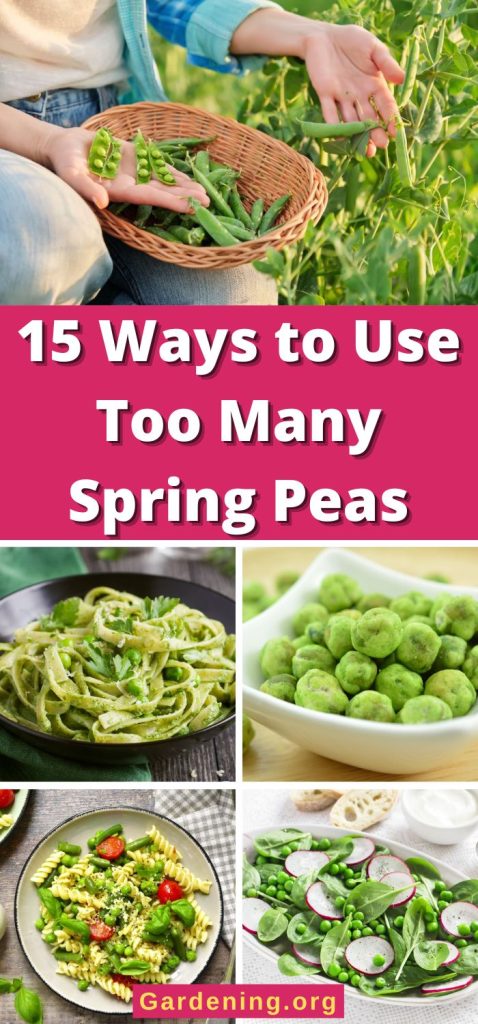

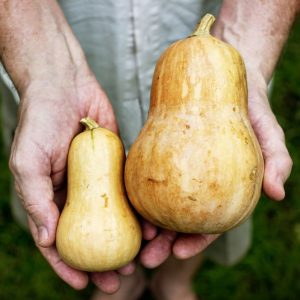
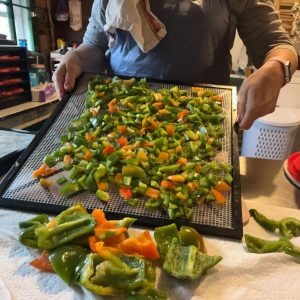
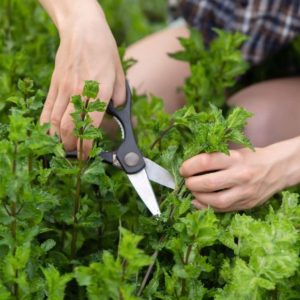
Leave a Reply